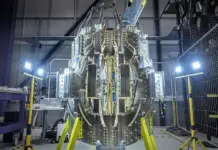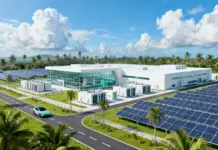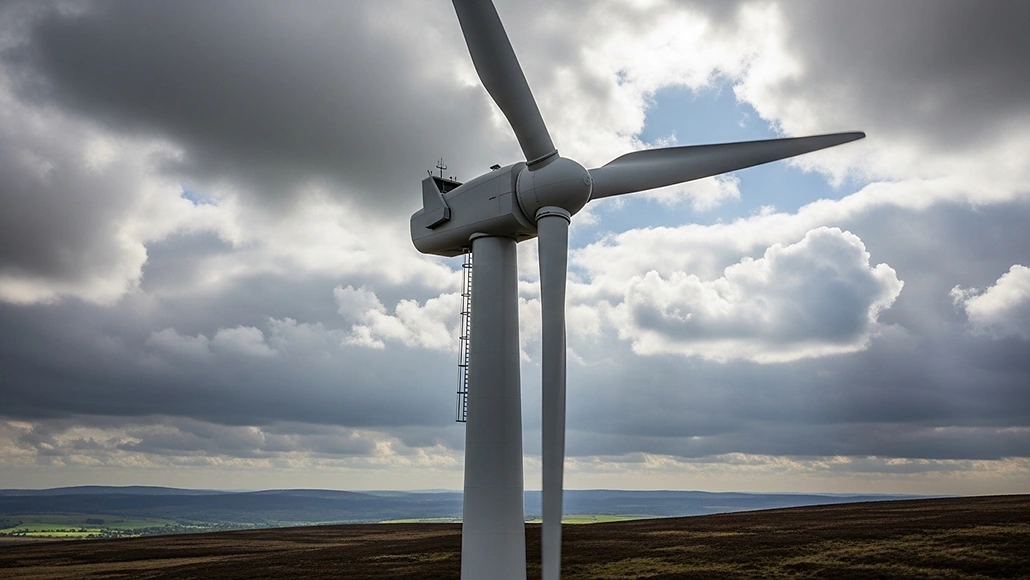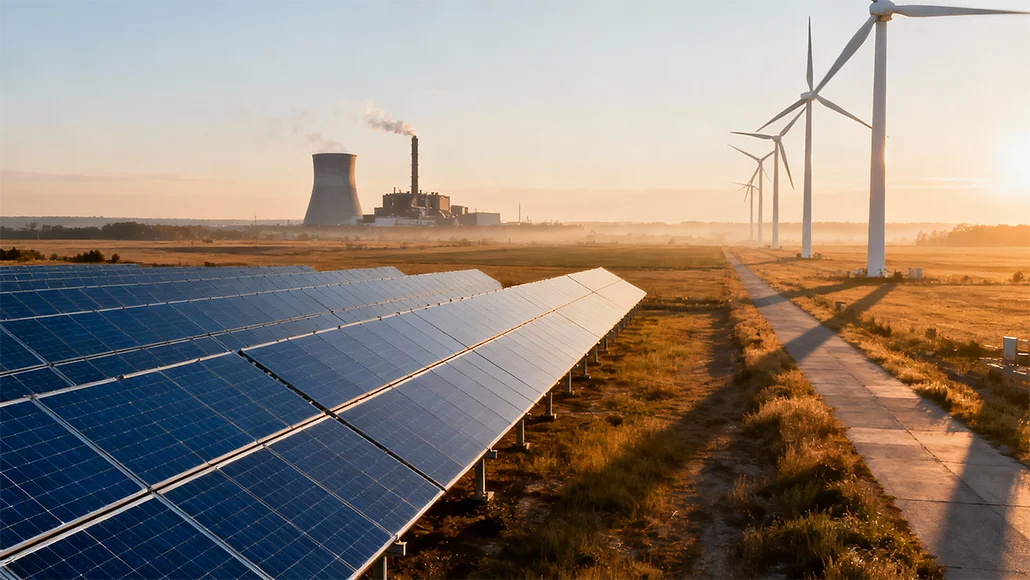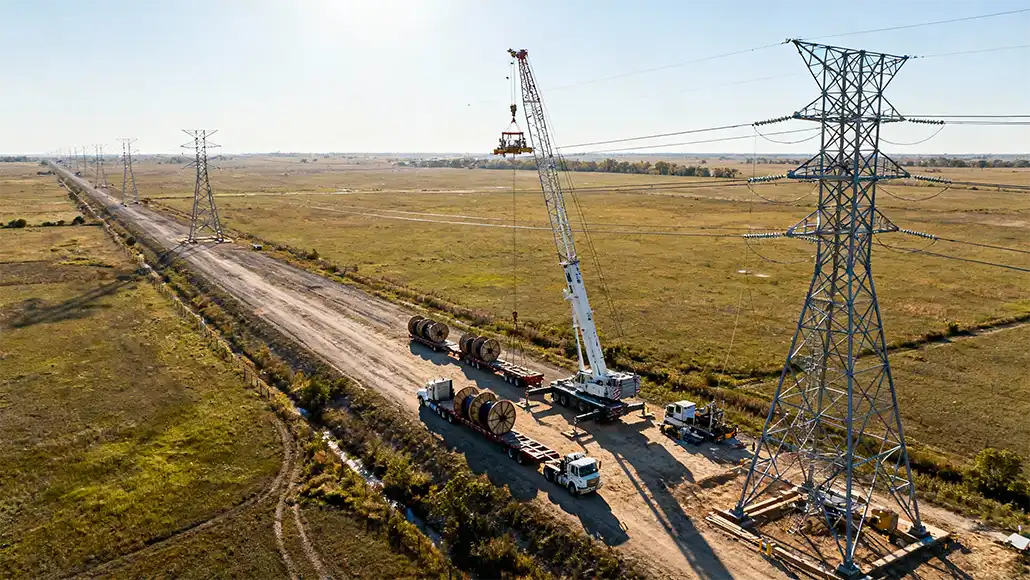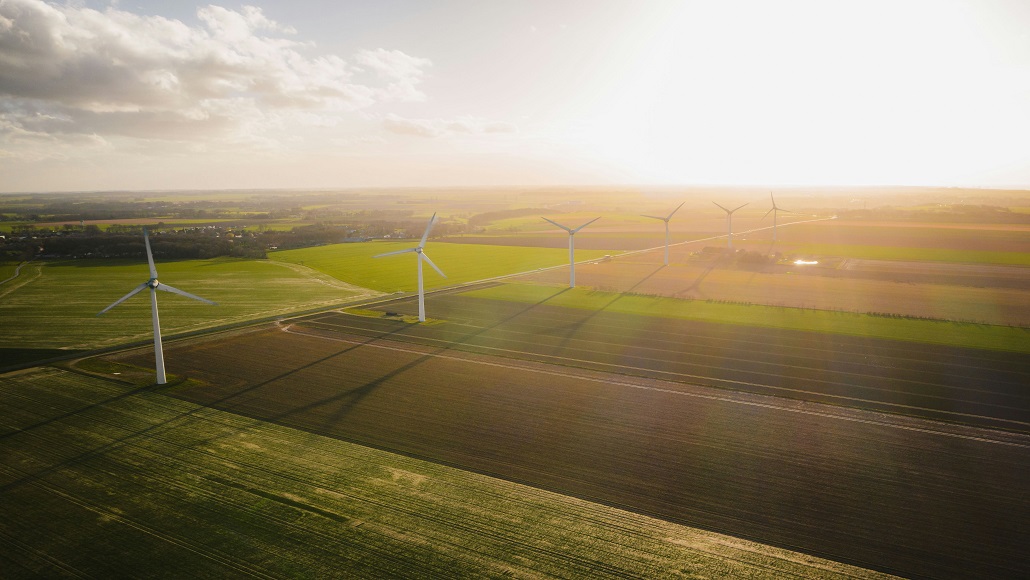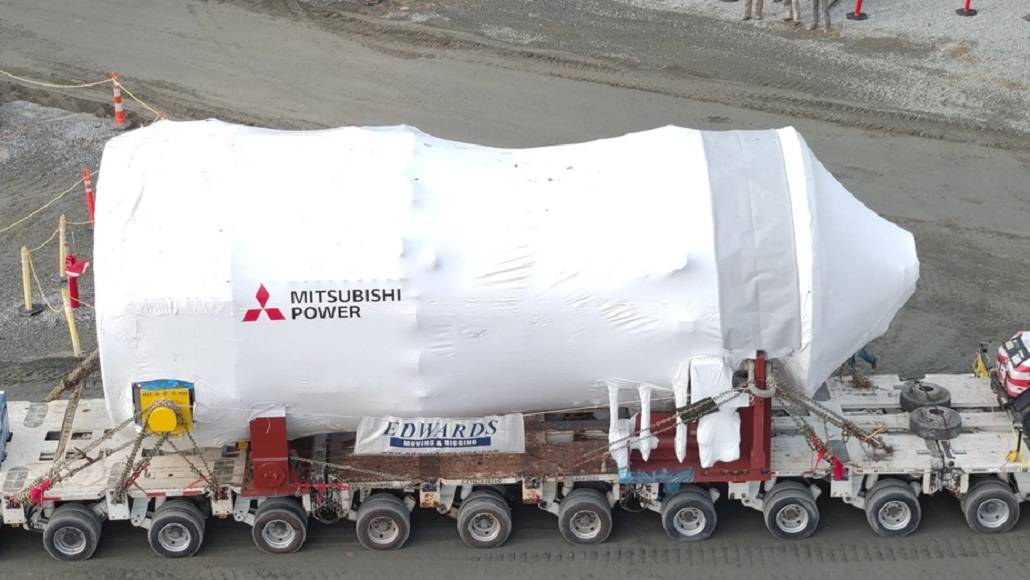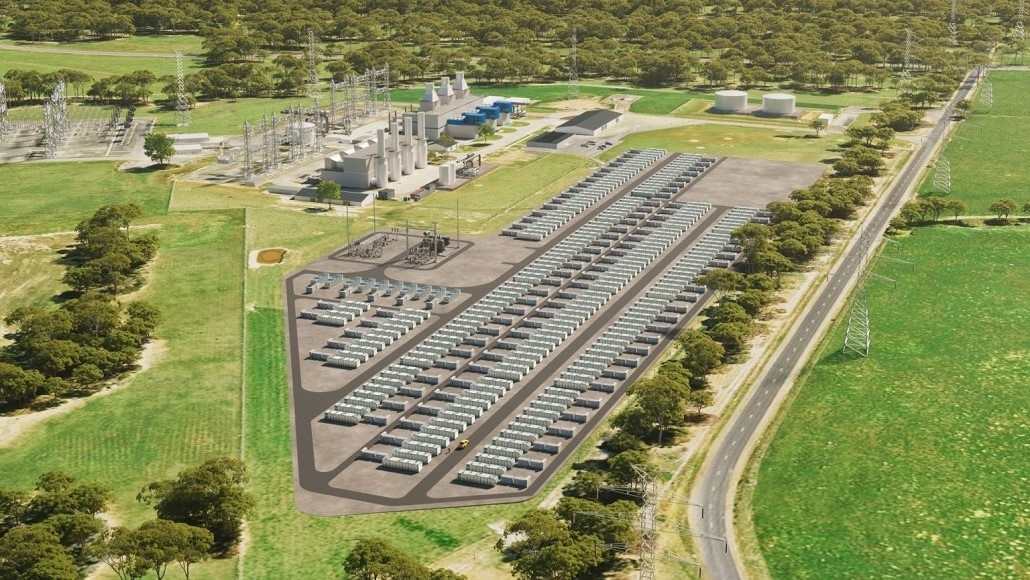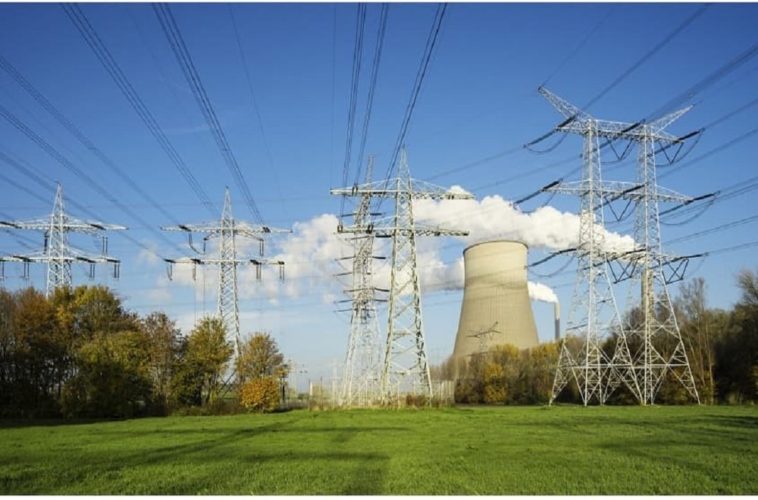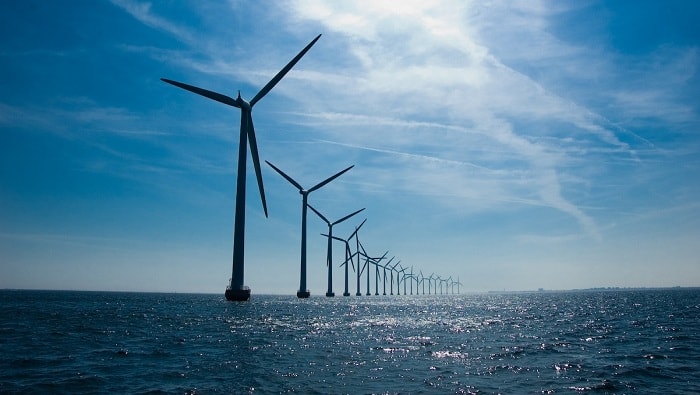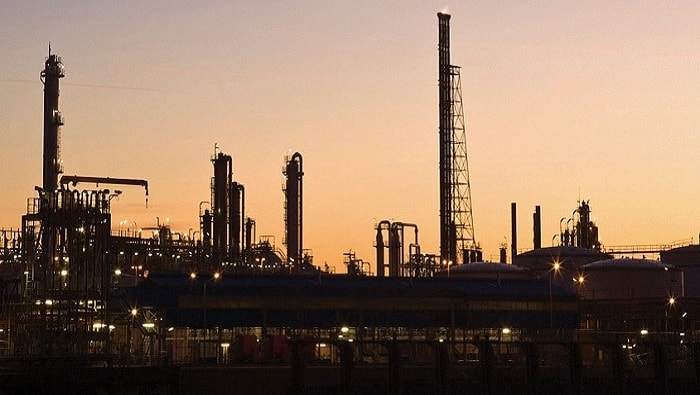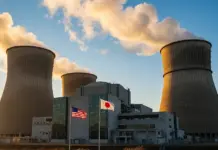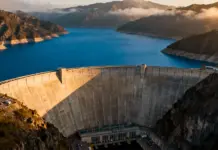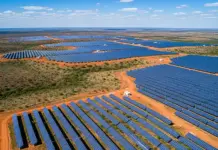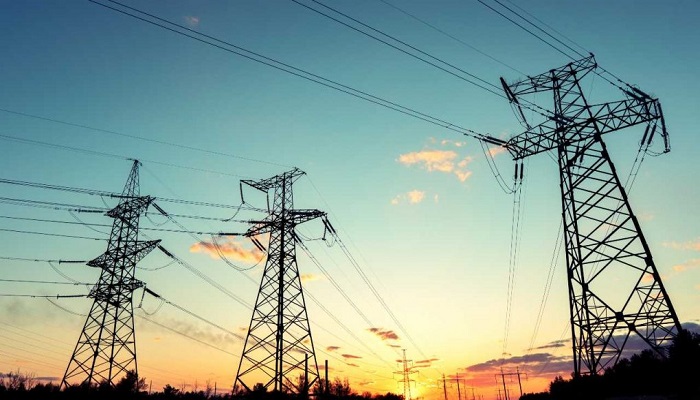It is well to be noted that for the first time in decades, power demand happens to be growing rapidly all throughout almost every part of the country because of a host of factors, with the data centers, reshoring of manufacturing, rising electrification, and rapidly growing power demands in terms of artificial intelligence, all of which happen to be important contributors.
The exact shape in which this demand will take over in the decades to come may still be uncertain. However, what is clear is that the policy approaches of today don’t happen to be sufficient to embrace the challenges that the grid is facing.
A mix of economic conditions as well as state and federal policies happen to be pushing dispatchable energy resources such as natural gas into rapid premature retirement, while also adding quite a significant amount of uncertainty when it comes to investment decisions across new resources. This uncertainty happens to be making those decisions growingly difficult, no matter the magnitude to which the grid needs them in order to support weather-dependent resources such as wind as well as solar.
Meanwhile, the vast pipeline when it comes to renewable resources all set to replace these plants happens to be facing its own set of issues, right from arcane permitting needs as well as skyrocketing costs to rising community opposition as well as years-long wait times to go ahead and connect to grids.
The massive challenges that a once-celebrated buildout pertaining to offshore wind has faced within the Northeast have made it very clear that under the present policies, new energy resources can never be built fast enough, across the required places, or affordably enough in order to provide the huge amount of dependable and cheap power that a country goes on to need today, let alone what it will go on to need in the decades to come in the light of rising energy demand.
Grid operators as well as regulators happen to sound like broken records as they go on to repeatedly warn of the dependability risks. As the CEO of New York grid operator NYISO, Rich Dewey went on to explain at the Electric Power Supply Association’s Competitive Power Summit in March 2024, that the state has gone from getting a healthy reserve margin to even barely meeting its objectives as a result of premature retirements. He added that he has grave concerns pertaining to the winters of 2030, 2031, and 2032.
The fact is that year after year, engineers have gone on to do their jobs and also found creative fixes regularly, but one cannot continue to depend on one-off solutions indefinitely when poor policy happens to be the root of the problem.
There happens to be a gap between operational realities and aspirational policies. That gap happens to be growing and, as a matter of fact, not shrinking as it must. As these issues grow, that gap will go on to increasingly translate swiftly into dollars out of American families’ pockets each month, into the economic damage done, and into the lives lost when the lights go out because of the reliability failures.
A small, but loud chorus coming from critics blames power markets themselves, in spite of the fact that since market restructuring began, competitive markets have gone on to consistently facilitate new investment, consumer choice, and cost-effective outcomes, while at the same time also delivering dependability sans the captive customer obligations to pick up the tab.
It is indeed time to have a reality check. The energy transition happens to be a misnomer. The U.S. needs to have an energy expansion that takes into account every tool it happens to have at its disposal so as to deliver more power at lesser emissions, both reliably and cost-effectively.
This shift in perspective needs to happen now. States happen to be seeing power demand growth that has not been witnessed for the last 40 years, and the fact is that the policymakers want more. Failure to respond to such situation as it exists can go on to lead to bad outcomes.
The advocates when it comes to load growth happen to include those aggressively pushing for electrification when it comes to cars, homes, and industry to curb emissions, right alongside the ones that are pushing AI as a mandatory part of keeping the economy competitive for the future. US President Biden has already made bringing manufacturing back to American shores a cornerstone of many of his economic promises, and states are now rushing to be a part of the story.
However, none of this can go on to take place without reliable and cost effective power. The system by which one goes on to incentivize the investment, permit as well as approve projects, and pay them in terms of their service to the grid has already gone on to push its limit. The clock happens to be ticking, and the projects that once took less than a year to permit as well as build, now happen to be taking closer to a decade.
Without major rethinking, this system is not going to accommodate this demand.
As the Senate Committee pertaining to Energy and Natural Resources starts the confirmation hearings for President Biden’s three nominees to the Federal Energy Regulatory Commission, it has been pretty encouraging to see reliability take center stage, but the fact is that the rhetoric alone is not going to be enough. It was indeed good to see all the nominees express that dependability happens to be job one, and the fact is that all-of-the-above is the best approach so as to achieve it, however, the proof will be in orders that get issued from FERC.
The fact is that if one wants the U.S. to be a leader across all these areas, policymakers need to be pretty clear-eyed when it comes to the challenges they go on to face and the solutions that are available in today’s times, not the ones that remain possible for a future that’s hypothetical.
One needs policies that help encourage more of everything, such as conventional resources like natural gas. One goes on to need stronger market signals that happen to prioritize reliability and make sure that the investments that provide it happen to be profitable. To conclude, one needs policies that actually acknowledge the desire for resilient energy infrastructure and also the massive costs that inaction will have when it comes to American families.


